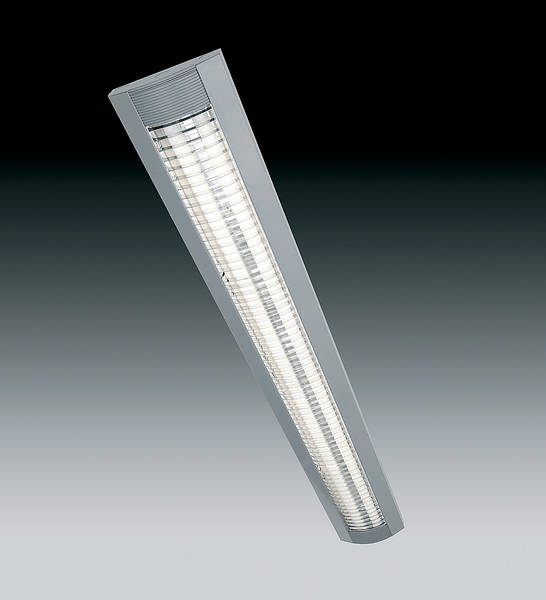waynelang2001
Member
- Joined
- Feb 4, 2010
- Messages
- 506
Hello to all,
i bought the JET JWL-1236 a couple of years ago, it works great when turning small objects or thin spindles. The trouble comes in when i have large turnings to do and they are not perfectly centered in the lathe. The thin stand that comes with the lathe is simply not sturdy enough and the lathe tends to rattle around. So ive design a bench that i think will work pretty well, it also solves the problem of where to keep chisels and accessories for the machine. Ive added the renderings and also a picture of the lathe as it is now with the weak stand it comes with.
i bought the JET JWL-1236 a couple of years ago, it works great when turning small objects or thin spindles. The trouble comes in when i have large turnings to do and they are not perfectly centered in the lathe. The thin stand that comes with the lathe is simply not sturdy enough and the lathe tends to rattle around. So ive design a bench that i think will work pretty well, it also solves the problem of where to keep chisels and accessories for the machine. Ive added the renderings and also a picture of the lathe as it is now with the weak stand it comes with.



